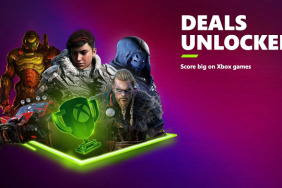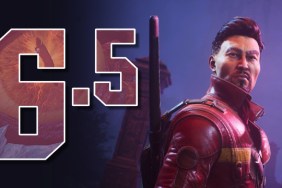Never has my experience at a gaming convention felt more like time travel than it has at PAX West 2016. Sure, like most people who saw the screens at the booth for Dropzone from developer Sparkypants, I thought it was a MOBA. But when I found out it was an RTS and got to experience it hands-on, I could hear Doc fine-tuning the flux capacitor.
As I’m sure you know, the real-time strategy is old-hat. Been there, done that. Add the fact that Dropzone is primarily a 1v1 competitive experience for PC only, and its existence seems even more gauche. We’re a far cry from the heyday of that genre, immediately post-Broodwar, where every game developer from here to Korea wanted to get in on the action. We’re in a post-Dota age now.
And yet, here is Dropzone, right under our noses in modern-day 2016. And it’s really good!
Dropzone is a reminder of why real-time strategy fans love the genre in the first place. It’s like renewing your wedding vows after a rough patch. It’s watching a great genre film that makes you appreciate your childhood. This is The Force Awakens telling you everything’s okay.
Dropzone pits you against another person, each of you controlling three units with various abilities, and each of you trying to get the most points within a 15-minute time limit. Your three units are already hotkeyed, and they limit the game to micromanagement with more tactics in mind, rather than giving you resources to macromanage. Indeed, Dropzone streamlines a lot about the genre, but that makes it easy to get back into the swing of things.
Players earn points mostly by destroying neutral (but aggressive) alien entities and uplinking their cores at a location at the center of the map. One point per core. Of course, the uplink is a contested location, and your opponent won’t want to let you hang out there without a fight, and since depositing a core at the uplink takes 10 seconds and can be interrupted by a stun, you basically have to hang out there.

There are also several global goals to get more points, but those can only be claimed once by one of the two competitors. First person to take control of all vision points (similar to StarCraft’s Xel’Naga Towers) gets two points, for example. This adds an extra competitive layer to the game. At several times, you can feel like you’re each doing your own thing, and the onus is on you to do your thing better than your opponent can do theirs.
All of this is to say that, although Dropzone is a competitive RTS through and through, it has a completely original concept as far as win conditions go, allowing it to function not as a remake or rehash of old classics, but it still captures their spirit. While Dropzone may not take off on the competitive stage the way it should, that says more about today’s MOBA-hungry market. But when you hear your hipster friend talk to you about Dropzone being the second coming of RTS games, believe the hype.







